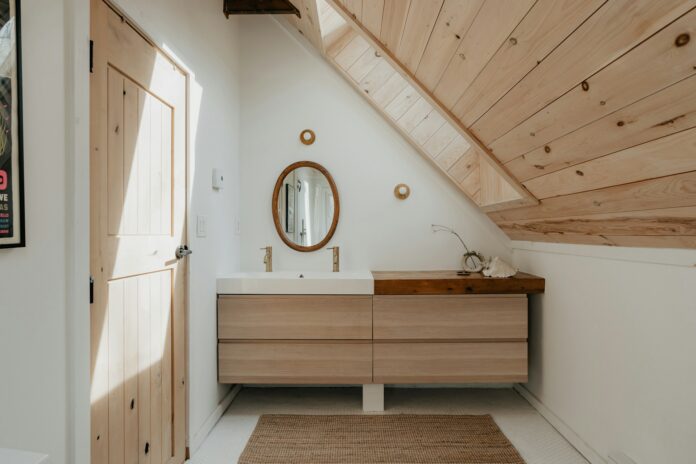Homes, offices, restaurants, hospitals and a wide range of other buildings utilise blinds as their chosen shading solution to keep out the sun and provide privacy to occupants. But how many years have blinds been an essential shading solution? Pinpointing when blinds were invented, or by whom, is difficult, but the earliest versions of blinds were seen over 2,000 years ago. Here, with the help of Yewdale, we explore the history of blinds.
Roman Blinds
Ancient Romans are known for creating illustrious innovations and changing the world for around 1,000 years during their reign. The earliest form of window dressing could be linked to Romans, although this is up for debate.
The creation of roads was a ground-breaking invention, but dust and debris that was an unwanted biproduct created by horse and carriages using the roads. Today’s roads are constructed from tarmac and have curbs which trap any debris and stop it from flying around. Back in Roman times, roads were created using sand, different sized stones, crushed rocks and Roman concrete, which made a stable surface.
Roman roads were used by armies, civilians and traders transporting goods, kicking up dust as they travelled. Nearby residents would suffer from dust being picked up by the wind and blown into homes. To combat this, Romans hung dampened cloth over windows to prevent the dust from getting in.
It quickly became apparent that this solution helped to cool buildings and provided privacy to homeowners and other establishments. Over the years, this solution became common practice amongst the Romans.

What Happened Next?
Roman artefacts indicate that damp cloth was eventually replaced by more luxurious materials, particularly among the affluent members of society. The fabric was dyed to create various colours and patterns, helping to decorate buildings.
As centuries passed, the Roman blind became more sophisticated and began to resemble what we are familiar with today. Roman blinds are a type of blind that feature a single piece of fabric wrapped around the blind’s barrel. When the blind is raised using a drawstring control mechanism, the fabric folds around the barrel. The Roman blind is very simple compared to vertical blinds and other modern alternatives.
Other Early Forms Of Blinds
Due to their environment, the Egyptians suffered from the sun’s heat and sand being blown in the wind, leading them to create their own window screening solution. They walked down to the Nile and gathered papyrus reeds, which were much more readily available in Egypt than cloth. Reeds were placed next to each other and tied before hanging above a window.
On the other side of the world, in Ancient China, bamboo was tied together and hung in front of windows. These blinds could be rolled up and tied above the window whenever the light was needed. This early innovation indeed held its own since bamboo roller blinds are still available to this day.

The Evolution Of Venetian Blinds
Venetian blinds are highly popular today, consisting of numerous horizontal slats which can be tilted to control the level of light entering a room. Contrary to assumptions, this type of blind wasn’t invented in Venice. Historians argue that the early versions of the blind originated in Persia between 1100 and 1500 A.D.
Europe got its first taste of the Venetian blind via the merchant city of Venice, which explains why they’re not known as Persian blinds. France was the first European country that adopted the stylish blind which was viewed as a luxurious product and proudly displayed by affluent people in homes. Early Venetian blinds utilised strips of cloth connected by string. A separate cord was used to raise and lower the blind.
It wasn’t until 1769 that Englishman Edward Bevan patented the first Venetian blind. He experimented with the original idea and replaced strips of cloth with wooden slats, which he positioned inside a frame. His new Venetian blind was much more durable than previous ones made from fabric.
John Hampson of New Orleans provided the final touch when he developed a way to control the tilt of the blind’s slats and ensure they stay in the desired position. Since then, the concept of the Venetian blind has not changed much. Slats are mainly made from wood and aluminium and new control mechanisms have been introduced such as wands, mono control chains and electric motors.
Commercial Blinds By Yewdale
Yewdale are a British designer and manufacturer of commercial blinds. Yewdale blinds are regularly specified for office fitouts, educational facilities, hospitals and commercial spaces because they are highly reliable and come with a lifetime warranty due to their exceptional durability. Yewdale blinds are made-to-measure and supplied directly to blind installers, architects and other industry professionals.





